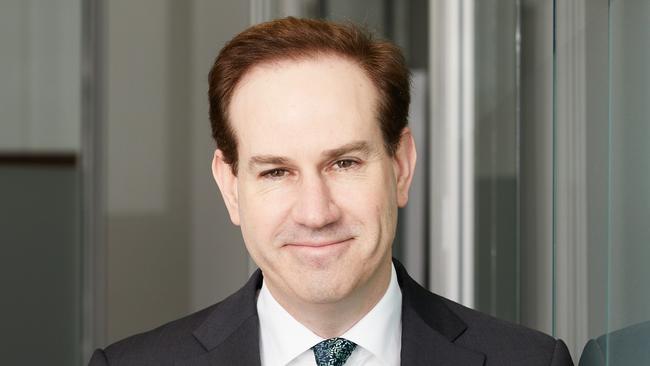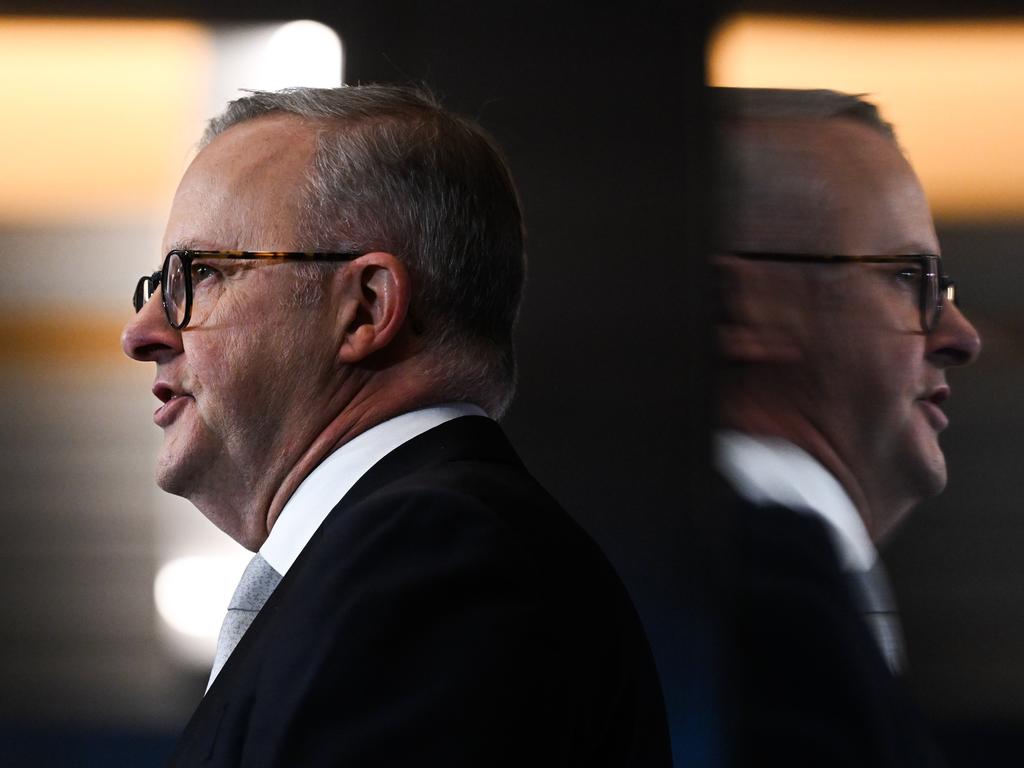Minerals project funding ‘a must’
Australian miners looking to move into downstream processing have lost their competitiveness amid greater intervention by rival countries

The Albanese government’s Future Made in Australia plans must be matched by real funding for minerals and processing projects if Australia is to become internationally competitive again, senior mining industry figures have warned.
Speaking at the Battery Minerals Conference in Perth on Tuesday, Association of Mining and Exploration Companies CEO Warren Pearce said Australia’s competitive advantages in mining the raw materials needed for electric vehicles, solar panels and other clean-energy applications had been eroded in recent years as larger nations unveil major policy initiatives to support their own industries.
The US’s $1 trillion-plus Inflation Reduction Act in particular has complicated the outlook for Australian resources companies looking to follow government ambitions of moving into downstream processing of raw materials, as the Act makes it far more attractive to develop downstream facilities in the US. Anthony Albanese this month flagged Australia would pursue a slimmed-down version of the Inflation Reduction Act in the form of a Future Made in Australia Act that would see a bigger government role in the economic transition.
Mr Pearce said the four lithium hydroxide processing plants built in Australia in recent years all predated the IRA and would not have happened if the US legislation had been in place earlier.
He said the US initiative was being mirrored in other major economies, which further eroded Australia’s competitiveness.
“What you’re now seeing is the commonwealth finally realising that, essentially, the opportunity that was in front of us has been displaced by other nations trying to take it from us,” Mr Pearce said.
“What we’ve got to do is get ourselves back to a more competitive playing field. That means incentives to attract the investment in the first place.”
The AMEC has been lobbying the government for the introduction of a production tax credit for mining companies that facilitate downstream processing. Its proposal would mirror the tax assistance provided to US miners under the IRA and improve the competitiveness of Australian miners by 10 per cent.
Mr Pearce said while there was still little detail around what the Future Made in Australia program would look like, he was increasingly confident there would be some form of production tax credit. “Hopefully there’ll be some good news in that space in the next couple of months.”
The industry is also contemplating whether the Future Made in Australia program will see greater federal funding support for the associated infrastructure needed to support the next generation of battery minerals mines.
Phil Baker, executive director of engineering consultancy GHD, said there was a long line of international investors keen to invest in Australian projects, but the projects needed to be supported by billions of dollars of investment in roads, water pipelines and electrified rail networks.
“There are investment parties lining up to bring money to the table. They have written up funds, they want to invest, their remit is to … invest in energy and resources in OECD nations, yet they can’t spend the money,” he said.
“The money is there but they can’t spend it because we don’t have investment-ready projects.”
Nicole Rooke chief executive of the Minerals Research Institute of WA, said short-term election cycles and competing needs in the likes of health and education made governments nervous about backing costly infrastructure programs that may take a long time to bear fruit.
She cited the WA government’s commitment to build the Dampier-to-Bunbury gas pipeline in the 1980s, a widely lauded initiative today but which at the time pushed the state towards bankruptcy. “I do acknowledge there’s some real challenges in what Western Australia and Australia are trying to do,” she said.








To join the conversation, please log in. Don't have an account? Register
Join the conversation, you are commenting as Logout